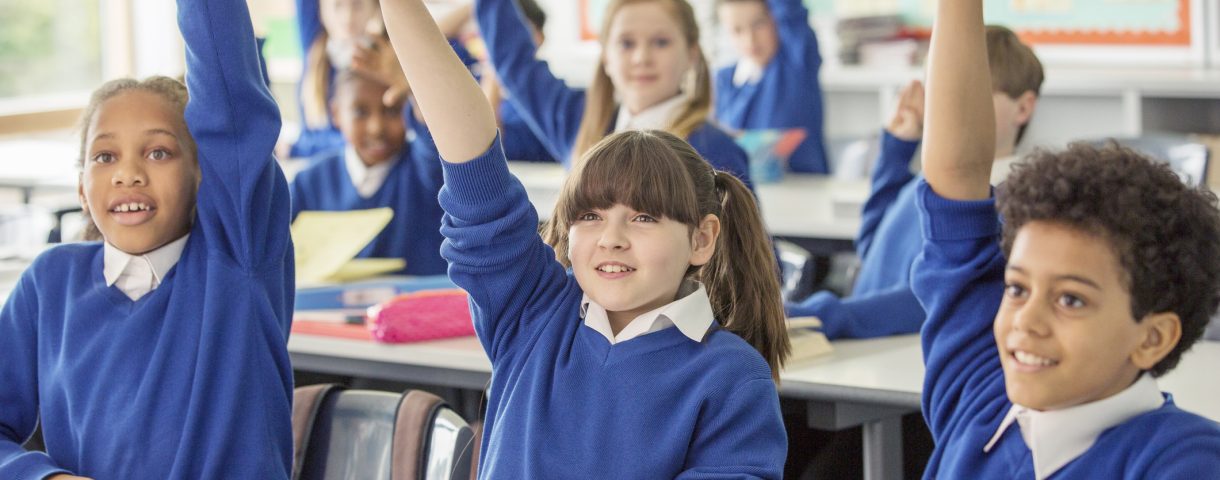The importance of using a wide range of diverse human stories in our classrooms cannot be underestimated. There is clearly a desire amongst staff and students to broaden the curriculum to include these stories. This article explores the importance of introducing diverse human stories into the classroom, how this can be done and the impact it can have.
Why diverse human stories?
It’s clear that the past few years have seen a heightened awareness and desire amongst the teaching profession to make the curriculum a more diverse and inclusive one. All teachers are bound by an adherence to the Equality Act of 2010 as well as the Public Sector Equality Duty, but recent polls have shown that there is still a desire to do more. For example, one survey commissioned by Pearson and conducted by Teacher Tapp revealed that 89% of secondary teachers and 60% of primary teachers felt that there was more diversity required in the set texts that they teach.
However, this clearly isn’t just an issue that concerns English teachers. Pearson’s own report, Diversity and inclusion in schools, reveals that teachers feel that their curricula are not fully representative of the communities in which they work. The results reveal that teachers feel most concerned by the unrepresentation of people of identify as non-binary and people identifying as LGBT+. The report goes on to list a variety of different reasons as to why this representation is important. These reasons include:
- creating a sense of belonging for staff and students alike
- reducing instances of bullying and mental health problems
- reducing barriers to achievement
So how do stories help us achieve this? Narratives have long been at the heart of teaching and learning and real-life stories have the potential to inspire students on a deep, emotional level. For example, research conducted by Immordino Yang shows that experiencing human stories can motivate students into action and that the best learning takes place when students care about what it is they’re learning.
If stories have the potential to motivate students and to make them care, it’s clear that there’s a reason to embed them in our curricula. More than that, it’s clear by ensuring there are a wide range of diverse voices included, it has the potential to improve student wellbeing and progress too.
How can this be achieved?
Lyfta is an educational platform that allows students to travel and experience the world without leaving their classrooms. Teachers invite students to explore an array of 360° environments that contain scenes and soundscapes, rich media articles and short documentary films. The films are a powerful tool to connect students with individuals from the communities that they are visiting. All of Lyfta’s documentary films contain an inspiring central character who models resilience, problem solving and positive values, supporting students to think creatively and critically.
Lyfta has a wide range of lesson plans to support schools to successfully embed diverse narratives into their curriculum. The lesson plans are all mapped against core themes and cover a range of the protected characteristics and all 17 of the United Nations Sustainable Development Goals.
We’ve seen great success of teachers using the platform with students from key stage one all the way up to key stage five. We know that students enjoy their lessons with Lyfta with 94% of Lyfta users indicating that their students are highly engaged or enjoy using Lyfta.
What impact will it have?
When assessing the impact of our work, we’ve seen that not only do students enjoy using the platform but that there are a number of other effects on their personal development and educational achievement too. Students at a sixth form college in Kent describe the experience of recognising the shared experience of humanity across the world, describing the moment they realised that the people in Lyfta’s documentary films were ‘thinking about the [same] things we do in our everyday lives’ and that preconceptions or ‘assumptions’ the students may have had beforehand ‘were undone’.
Hear what children think of Lyfta in this short video:
Independent research, conducted by the University of Tampere in Finland found that:
‘the multi-sensory and participatory nature of immersive 360° experiences led to a decrease in learners’ sense of social anxiety about meeting people from different cultural backgrounds. Engaging with new people in an immersive virtual setting gives students the opportunity to identify common interests and, as a result, develop more positive feelings towards them.’
The way Lyfta helps to usualise diversity has two significant implications; first, it helps to reduce anxiety and prejudice amongst those students who feel worried about others who are different from themselves. Secondly, for those students who may have experienced discrimination or marginalisation, Lyfta’s storyworlds and documentary films also allow them an opportunity to see themselves reflected in the stories presented to them at school.
We offer free access to the platform and all resources for 30 days for anyone in a school setting who joins our 60 min webinar. Find a date here.
Written by: Lyfta
Published on: 12 August 2022

